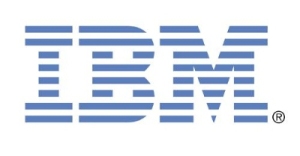Memorial Sloan Kettering, IBM looking at computerized skin cancer lesion identification
by
Gus Iversen, Editor in Chief | December 19, 2014

Memorial Sloan Kettering has teamed up with IBM to explore ways to train computers to recognize images of cancerous skin lesions, a project both parties hope will expedite accurate diagnoses and ultimately save lives.
Preliminary experiments using a controlled research dataset of over 3,000 dermoscopy images of melanoma, atypical lesions, and benign lesions have yielded very positive outcomes. In this dataset the IBM technology was able to successfully identify the diagnosed disease state to the 97th percentile for sensitivity and 95th percentile for specificity.
Those numbers indicate a sizable improvement over the human averages, which vary widely depending on clinicians and the availability of specialized experts. Even in situations where the unique insights of clinical experts are available to interpret, accuracy is only between 75-84 percent.
Dr. Noel Codella, IBM research staff member and IBM technical coordinator for the collaboration, told DOTmed News via e-mail, "In this case, the machine is able to use its approaches to compliment the human visual system."
By the same principles that allow a computer to understand the composition of a high resolution digital image better than the naked eye, computer learning allows a system to recognize patterns that are sometimes otherwise imperceptible. The IBM technology analyzes images for color distributions, texture patterns, shape, and edge information. Using algorithms, the system may be able to recognize temporal morphological profession of lesions, such as aggressive growth or any deviation from what is normal.
"The approach we take is to not reply on any one particular algorithm or method," said Codella, "But to allow the cognitive system to figure out on its own which approach is the most effective way to accomplish the recognition task."
Codella compares the benefits of this technology to that of a traditional calculator, "Calculators don't replace mathematicians or engineers, but they augment their ability." He and his team hope technology like this can help doctors in a similar way.
With nearly 5 million people receiving treatment annually, skin cancer is the most commonly diagnosed cancer in the U.S. Achieving a more reliable visual diagnosis could help patients gain treatment faster, an improvement which may save lives while reducing the $8.1 billion spent every year on treatment.
|
|
|
You Must Be Logged In To Post A Comment
|
